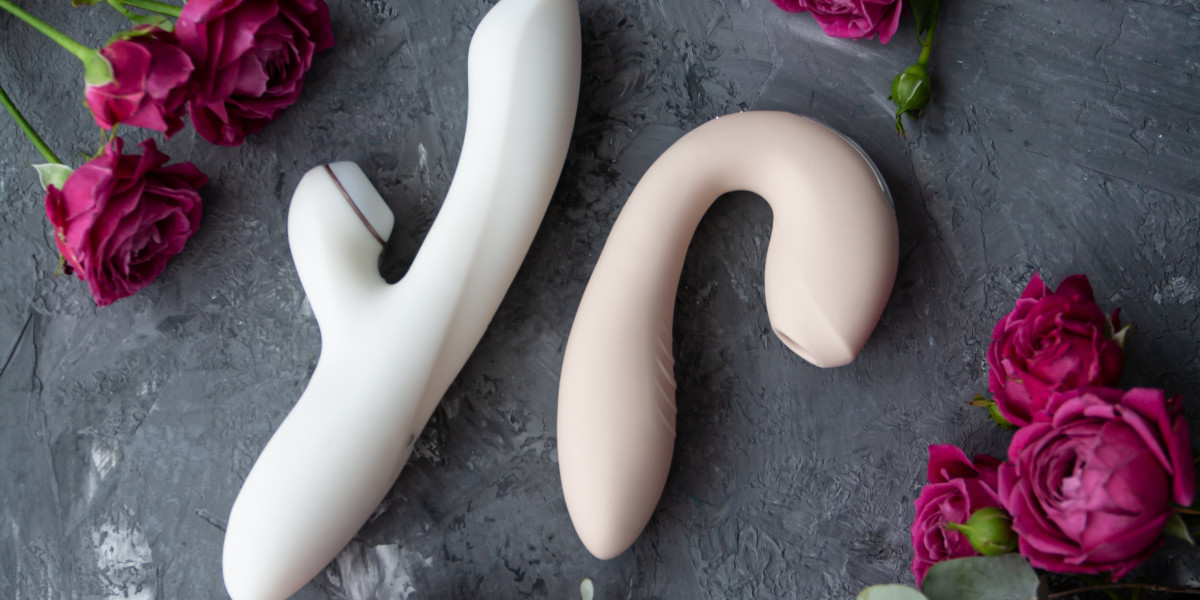Comprehensive Guide to Fixing Composite Door Handles
Composite doors have become increasingly popular due to their outstanding resilience, aesthetic appeal, and energy performance. However, the manages on these doors can often become loose, stuck, or even break, needing prompt repairs to preserve the door's functionality and security. This article offers a detailed guide on how to fix common concerns associated with composite door handles, together with frequently asked concerns for additional clearness.
Common Problems with Composite Door Handles
Before diving into the repair procedure, it's necessary to determine the common issues that might demand repairing a composite door maintenance tips door handle:

- Looseness or Wobbling: Over time, screws might end up being loose, leading to a handle that wobbles or feels unsteady.
- Sticking or Jammed Handle: A handle that is tough to operate can be triggered by internal mechanism problems or blockages.
- Broken Handle: Accidental damage or wear and tear can lead to a handle breaking, requiring replacement.
- Misalignment: If the handle does not properly engage the locking mechanism, it could be misaligned, creating security threats.
Tools and Materials Needed
To effectively fix a composite door handle, you will require some specific tools and materials. Here's a list to help you prepare:
Tools
- Screwdriver (both Phillips and flathead)
- Allen wrench (if applicable)
- Pliers
- Repairing set (if changing the handle)
Materials
- Replacement handle (if suitable)
- Screws (if any are damaged)
- Lubricant (such as WD-40 for sticky systems)
- Cloth for cleansing
Step-by-Step Guide to Fixing Composite Door Handles
Step 1: Assess the Problem
Before attempting any repairs, it's crucial to evaluate what the actual problem is. Is the handle loose, jamming, or totally broken? Recognizing the issue will help identify the correct course of action.
Action 2: Gather Your Tools
Make sure you have all your tools and products at hand. A well-prepared work area will allow a smoother repair process.
Action 3: Tightening Loose Handles
If the handle is merely loose, follow these actions:
- Locate the Screws: On a lot of composite door hinge repair deals with, screws are situated either on the within faceplate or beneath the handle.
- Tighten up Screws: Using the suitable screwdriver, tighten the screws until the handle is secure. Beware not to overtighten, as this may strip the screw holes.
- Check the Handle: After tightening, completely operate the handle to ensure it feels stable and reacts properly.
Step 4: Address Sticking or Jammed Handles
For manages that stick or jam, follow these actions:
- Remove the Handle: Unscrew the handle according to the guidelines from Step 3.
- Inspect the Internal Mechanism: Check for dirt, particles, or misalignment in the internal system. Clean any blockages with a soft cloth.
- Apply Lubricant: Use a couple of drops of lubricant on the moving parts of the system. Ensure it's distributed evenly.
- Reassemble: Carefully reattach the handle and evaluate for smooth operation.
Step 5: Replace Broken Handles
If a handle is broken and needs replacement, follow these actions:
- Purchase the Correct Replacement: Ensure that you buy a replacement handle that works with your door design.
- Get Rid Of the Old Handle: Unscrew and detach the broken handle from the door.
- Set Up the New Handle: Follow the installation instructions offered with the new handle, ensuring it lines up properly with the door's locking mechanism.
- Secure Screws: Tighten all screws properly and verify that the new handle operates smoothly.
Action 6: Address Misalignment Issues
If the handle is misaligned, it might need readjustment:
- Check Alignment: With the door closed, validate if the handle correctly engages the lock.
- Adjust the Hinges or Strike Plate: This might involve rearranging the door hinges or adjusting the lock's strike plate to ensure proper alignment.
- Test the Handle: Ensure that the handle operates smoothly and that the lock engages safely.
Preventive Measures
To maintain the durability of restore composite door door handles, consider the following preventive steps:
- Regularly Lubricate: Periodically use lubricant to moving parts to avoid tightness and sticking.
- Tighten up Screws: Check and tighten screws regularly to avoid loosening.
- Tidy with Care: Regularly clean the handle and surrounding area to prevent dirt accumulation that might interfere with the system.
Frequently Asked Questions (FAQs)
Q1: How often should I keep my composite door handle?
A: It is a good idea to check and preserve your composite door handles a minimum of twice a year.
Q2: Can I fix a composite door handle myself?
A: Yes, many minor repairs are DIY-friendly if you follow security guidelines and instructions.
Q3: What should I do if my handle is entirely broken beyond repair?
A: In such situations, acquiring a replacement handle is the very best alternative. Guarantee it matches your existing door and follow the setup directions supplied with the brand-new handle.
Q4: Is it needed to call a professional for minor handle fixes?
A: Minor repairs can often be dealt with by homeowners, however if you're unsure or uncomfortable, it's finest to speak with a Professional Composite Door Repair.
Q5: Can climate condition affect my composite door handle?
A: Yes, severe weather can impact the efficiency of door manages, resulting in swelling or contraction. Routine maintenance can alleviate these problems.
Fixing composite door handles is a job that numerous property owners can take on with the right tools and understanding. By understanding the common issues and following a structured approach, you can ensure that your door handles operate efficiently and safely. Correct maintenance and prompt repairs will extend the life of your composite door deals with, keeping your doors attractive and practical for several years to come.


